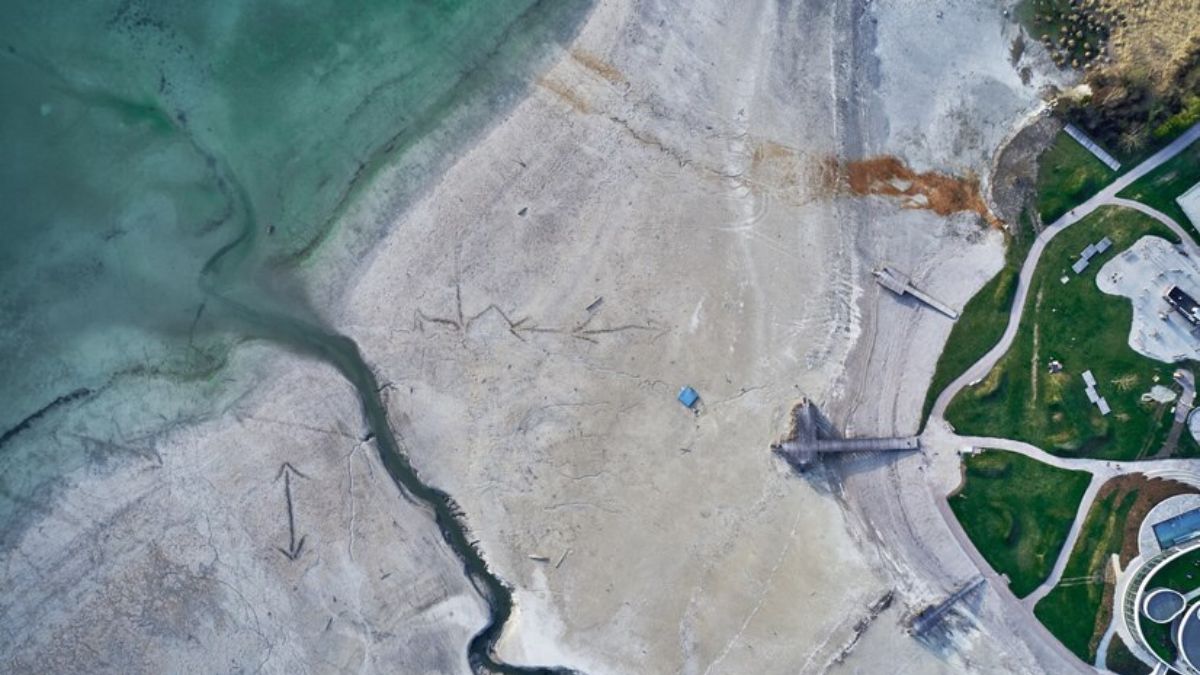Canggu, Bali—a name that once conjured images of tranquil beaches, lush rice paddies, and an overall atmosphere of serenity. Fast forward to the present day, and what you encounter is a jarring contrast. High-rise hotels and sprawling villas dominate the once idyllic landscape. This article aims to explore the explosion of construction in Canggu, investigating the far-reaching consequences that this phenomenon has brought upon the environment, society, and economy of this once-peaceful paradise.
Background Information
The Original Charm of Canggu
Canggu was a place where time seemed to slow down. It was a small, peaceful fishing village marked by humble homes, expansive rice fields, and coconut groves. The air was filled with the scent of incense from the daily offerings and the sweet fragrance of tropical flowers.
The Evolution
In the past decade, the village morphed into a global hotspot for digital nomads, surfers, and general seekers of the ‘Bali experience’. This rapid growth initially brought a sense of economic vibrancy to the local community, offering new opportunities and experiences.
Initial Developments
The first round of developments in Canggu seemed promising. Infrastructure improvements were made, and small businesses sprouted up, offering a mix of local and international goods. The area began to flourish in a way that appeared to complement its roots.
The Current State of Over-Construction
Commercial and Residential Developments
The original landscape of Canggu is now overshadowed by towering hotels and luxury villas that seem to spring up overnight. Streets that were once quiet are now buzzing with trendy cafes, high-end boutiques, and international bars and restaurants.
Data and Statistics
To illustrate this transformation, consider that construction permits in Canggu have surged by 150% in the past five years. Of these, a paltry 20% are projects led by local businesses or community members. The remainder are largely funded by international investors.
Environmental Impacts
Loss of Natural Habitat
The massive developments have reduced natural habitats, impacting local flora and fauna. The rice fields, once an iconic symbol of Bali’s countryside, are increasingly scarce.
Water and Pollution
Increased construction leads to greater water consumption and waste, further straining Bali’s limited water resources and contributing to pollution.
Socio-Economic Impacts
Impact on Local Communities
While the new businesses create jobs, the rise in property values has pushed local families out of their ancestral homes, causing a socio-economic shift that benefits newcomers over native residents.
Cultural Erosion
Traditional Balinese ceremonies, which were the soul of the community, are being increasingly sidelined by more commercially lucrative events and parties aimed at tourists.
Economy
Although tourism has certainly boosted the local economy, this economic influx seems to fill the pockets of foreign investors more than those of the local community.
Case Studies/Personal Accounts
“I remember when my children would play in the fields, running around freely. Those fields are now hotels and parking lots,” says Made, a lifelong Canggu resident, his voice tinged with sorrow.
Alternative Sustainable Solutions
Government Policies
One potential solution is the introduction of stringent zoning laws aimed at restricting the rampant construction in Canggu. These laws can serve multiple purposes: they can protect the natural environment, preserve green spaces, and maintain the cultural sanctity of the area. The effectiveness of such laws could also be augmented by implementing hefty penalties for violators, thus deterring future over-construction.
Community-Driven Initiatives
Grassroots movements and eco-conscious community programs offer a ray of hope. By focusing on sustainable tourism models, these initiatives can help to divert the focus from construction to preservation. Activities like eco-tourism, agricultural tourism, and community-based experiences allow visitors to enjoy Canggu and its surrounding areas without contributing to its degradation.
Alternative Accommodations: Beyond Canggu
Another solution lies in expanding the tourist gaze beyond the borders of Canggu. Nearby areas offer a host of alternative accommodation options that are both sustainable and enriching. Jungle bamboo houses, for example, provide a unique lodging experience. Not only do these structures utilize sustainable materials, but they also help to disperse the concentration of tourist accommodations, thereby relieving some of the pressure on Canggu. Staying in these alternatives could be a more responsible choice, one that supports local communities and environmental sustainability. Websites and apps specializing in eco-tourism can help travelers find these hidden gems.
Conclusion
The over-construction crisis in Canggu is a narrative that extends beyond local borders. It serves as a global cautionary tale about the detrimental effects of unchecked development. While the past cannot be undone, the present offers opportunities for corrective action.











